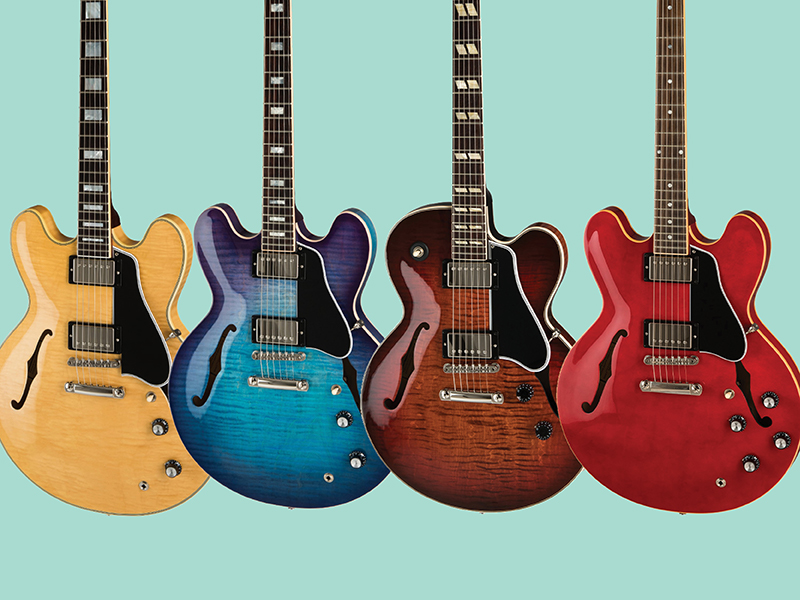The popular music genres of jazz and blues felt the impact of the electric guitars as early as the 1940s, when Charlie Christian’s innovative playing led to widespread use of the instrument in jazz, and the electrification of acoustic blues was going mainstream. Electric guitars of this era were, in fact, not really “electric guitars”. They were modified versions of acoustic jazz guitars, which included a George Beauchamp-developed pickup system that could be wired to a loudspeaker, providing more volume.

However, Charlie Christian, a jazz guitarist of the era, saw the potential for a new role that guitarists could fill in big bands. As Metro Richmond area guitarist Kevin Harding notes,
“[Christian] is the father of the electric guitar… he is famous for bringing the instrument out of the rhythmic section of jazz bands, which was its primary role in jazz music. Utilizing an amplifier and a single string technique, “He played these wonderful, melodic, multi-themed, brilliant solos that excited everybody. Every ‘guitar hero’ after that was influenced by Charlie even if they didn’t know it,”
Christian’s work in big bands elevated the status of the instrument in jazz circles, and many guitarists became the primary focus of jazz bands moving forward. Steve Waksman reiterates this sentiment in a multimedia review, stating that the electrification “allowed [Christian’s] single-line soloing to match the intensity of the top saxophonists of the day and win over the skeptical Goodman” (Waksman 237).
Charlie Christian’s playing established the electric guitar as a melodic instrument in jazz.
Even prior to Fender’s release of the Telecaster in 1950, the benefits (and impact) of an electrified guitar were quickly becoming evident to musicians and their fans, allowing guitarists to fill a variety of different roles in a band, instead of focusing solely on accompaniment.
Simultaneously to all of these developments in the jazz music world, blues musicians were also discovering the benefits of amplification for guitarists. Blues, as it is widely known, is part of the foundation for so many forms of popular music today, as stated by University of Illinois scholar Patrick Mullen, who explains that “blues is obviously the root of rhythm and blues, but also in rock ‘n’ roll, jazz, Broadway show tunes, George Gershwin’s Rhapsody in Blue, TV commercials, and so on” (Mullen 1). Blues guitarists were discovering playing techniques that would influence “guitar heroes” that would follow, like Jimi Hendrix. A quote from an anonymous guitarist in Stith Bennett’s book chapter highlights one of them, as he states,
“Playing acoustic is a lot of chords and harmonies – and rhythms too, because you’ve got to keep hitting something to be heard… Playing electric is more single notes and melodies, because one note can sound as full as a chord through an amp.”
These understandings contributed to the style of guitar playing in blues music that has become a fundamental characteristic of the electric blues, which players like B.B. King are famous for. Before musicians even comprehended the full ability of an electrified instrument it was already shaping the next generation of jazz music and contributing to the identity of blues music which would lead to the rock and roll era soon thereafter.
Robert Johnson’s blues guitar playing highlights the style that would soon be “electrified”